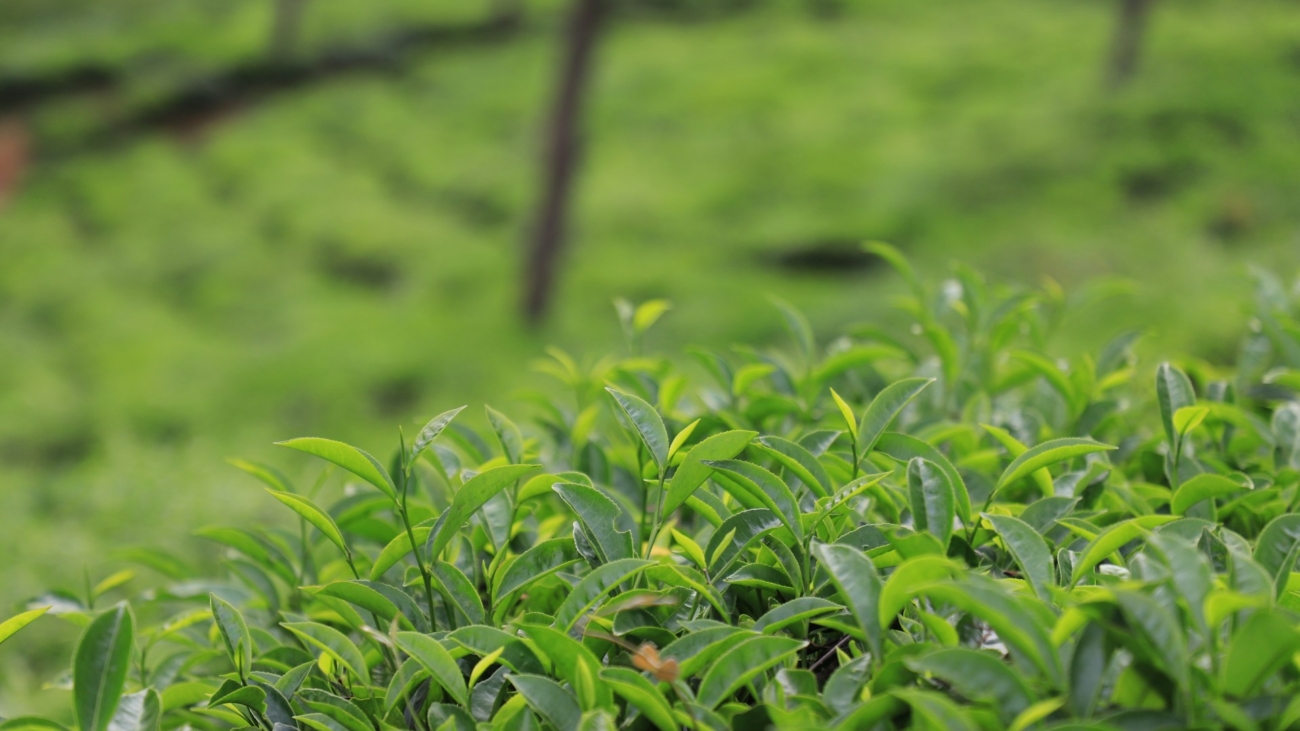India is one of the largest tea producers in the world, with regions like Assam and Darjeeling renowned for their high-quality tea. However, tea cultivation is a complex process that requires careful management of various factors, including weather conditions, pest control, and cultivation practices. In recent years, mobile applications have emerged as powerful tools to assist tea growers in managing their plantations more efficiently. These apps provide real-time information on weather forecasts, pest alerts, and best practices, significantly improving productivity and quality in tea-producing areas.
The Need for Technological Intervention
Tea cultivation in India faces several challenges. The unpredictable weather patterns, pest infestations, and varying soil conditions can greatly affect the yield and quality of tea leaves. Traditional methods of monitoring and managing these factors are often time-consuming and inefficient. To address these issues, the integration of technology, specifically mobile applications, offers a promising solution.
How Mobile Apps Transform Tea Plantation Management
- Real-Time Weather Forecasts
Weather conditions play a crucial role in tea cultivation. Accurate and timely weather forecasts allow tea growers to make informed decisions regarding irrigation, fertilization, and harvesting. Mobile apps provide real-time updates on weather patterns, including rainfall predictions, temperature changes, and humidity levels. This information helps farmers plan their activities more effectively, ensuring optimal growing conditions and reducing the risk of crop damage due to adverse weather.
- Pest Alerts and Management
Pest infestations can cause significant damage to tea crops, leading to reduced yields and poor quality leaves. Mobile applications equipped with pest alert systems notify farmers about potential pest outbreaks in their region. These alerts are often accompanied by recommendations for appropriate pest control measures, including the use of organic and chemical treatments. By acting on these alerts promptly, farmers can minimize the impact of pests and protect their crops.
- Best Practices for Cultivation
Knowledge sharing is essential for the continuous improvement of tea cultivation practices. Mobile apps offer a platform for disseminating best practices related to soil management, pruning techniques, irrigation methods, and fertilization schedules. These apps often feature instructional videos, step-by-step guides, and expert advice tailored to the specific needs of tea growers. Access to such valuable information empowers farmers to adopt better cultivation methods, leading to higher productivity and improved quality of tea leaves.
- Data-Driven Decision Making
Mobile applications collect and analyze data from various sources, providing farmers with insights into their plantation’s performance. This data-driven approach helps farmers track the health of their crops, monitor soil conditions, and evaluate the effectiveness of their farming practices. With this information at their fingertips, farmers can make more informed decisions, optimize resource use, and enhance overall plantation management.
- Community and Support Networks
Many mobile apps include features that allow farmers to connect with other tea growers, agricultural experts, and support services. These networks provide a platform for exchanging knowledge, sharing experiences, and seeking advice. By fostering a sense of community, these apps help farmers stay updated on the latest trends and innovations in tea cultivation, promoting collective growth and development.
The Future of Tea Plantation Management
The integration of mobile applications in tea plantation management represents a significant advancement for the industry. As technology continues to evolve, these apps will become even more sophisticated, offering enhanced features and functionalities. Future developments may include integration with IoT devices for real-time soil monitoring, AI-powered predictive analytics for yield forecasting, and blockchain technology for supply chain transparency.
Conclusion
Mobile applications are revolutionizing tea plantation management in India by providing tea growers with real-time information and actionable insights. By leveraging these technological tools, farmers can overcome traditional challenges, improve their productivity, and produce higher-quality tea. As tea cultivation becomes increasingly data-driven and technology-enabled, the industry is poised for a future of sustainable growth and excellence.

